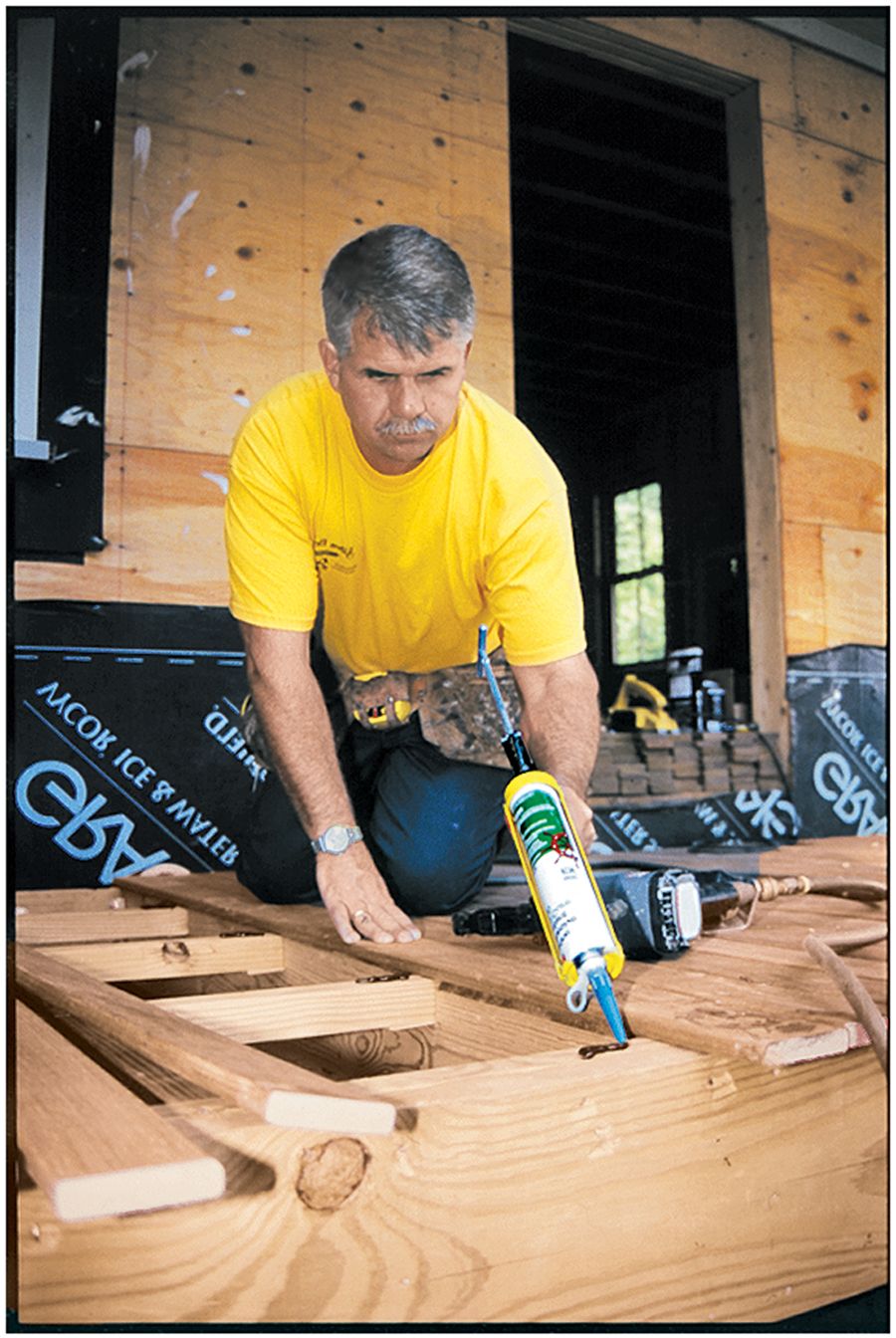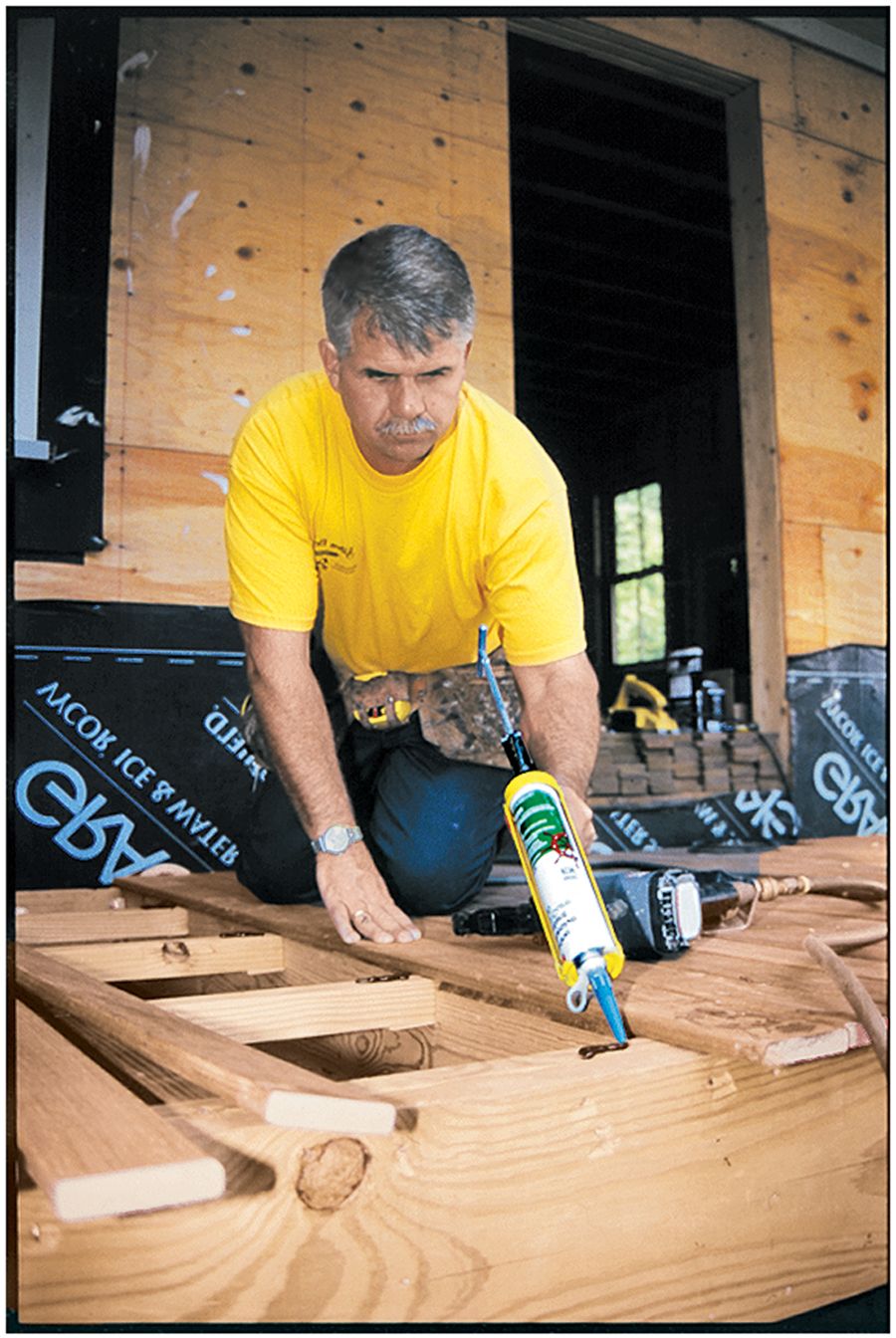
With spring comes the start of barbecue season—and May is National Deck Safety Month. As outdoor activities ramp up in the springtime, take a closer look at your deck, the place where you’ll host your warm-weather gatherings. In most cases, simple upkeep can prevent collapses and failures, which tend to happen when decks are packed with people. Inspect your deck once per year and fix any problems before inviting the gang over. Learn how This Old House general contractor Tom Silva inspects each piece of a home’s deck in six simple steps.
1. Start With the Deck Materials
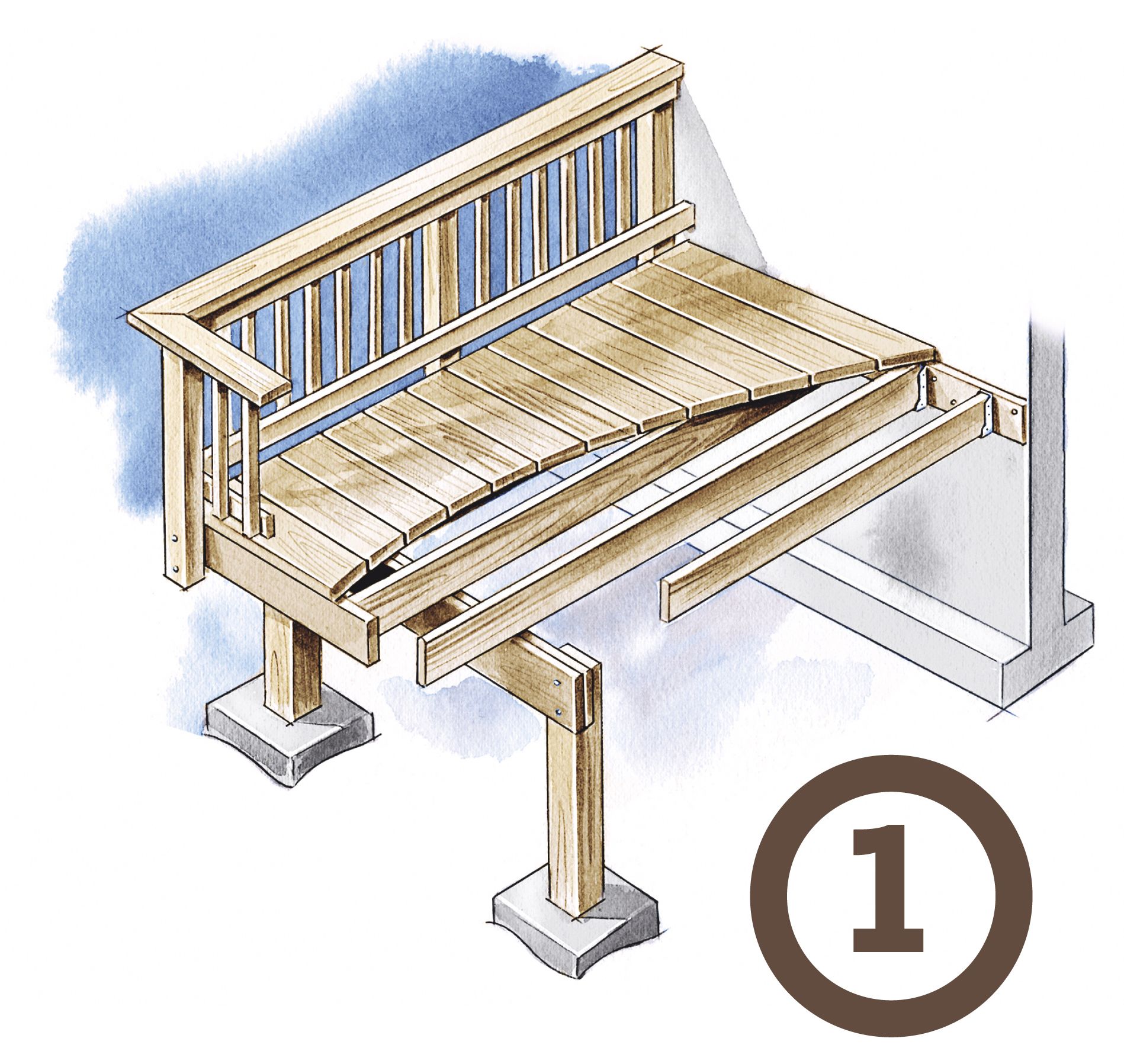
Keep an eye out for split or decaying wood, and use a flathead screwdriver to probe any visible cracks or splits in the boards. If you can insert the screwdriver more than 1/4 inch into a crack, or if the wood feels spongy or breaks off without splintering, that could be a sign of rot.
Loose, warped, and splintered boards are another bad sign, since they pose tripping hazards and compromise structural integrity. Replace any of these as soon as you can.
You should also look for holes in the wood, which could be a sign of a pest infestation. Carpenter ants, termites, and wood-boring beetles like to burrow into decks and cause problems. If you think an infestation is going on, contact a pest control professional for a more thorough evaluation and treatment.
2. Looking at the Deck’s Ledger Board
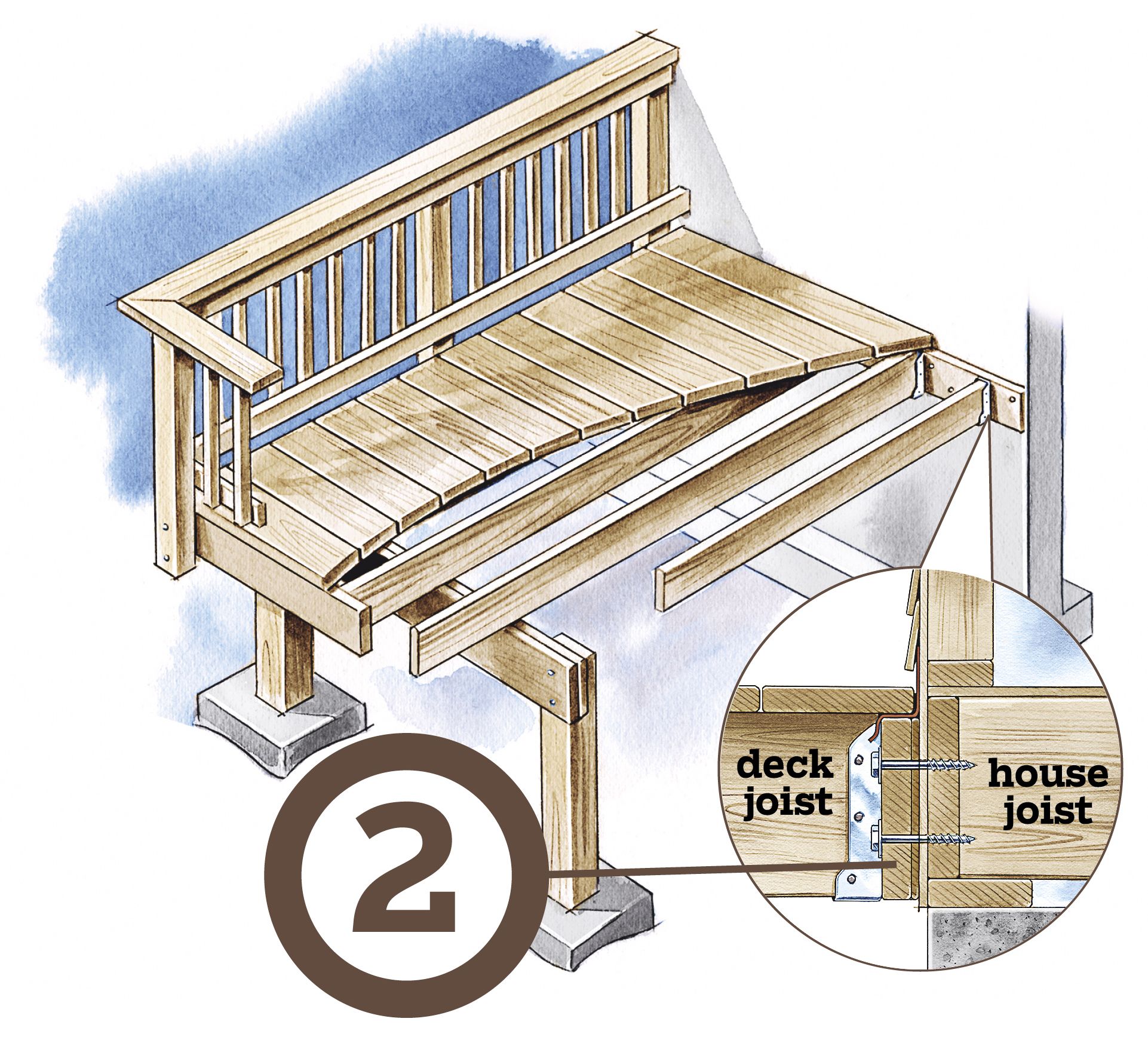
The ledger board connects the deck to your house and bears a significant portion of the deck’s weight. The board should be attached with 1/2-inch stainless- or galvanized-steel lag screws and through bolts, not nails that can pop out over time and risk the deck’s stability.
Check for any widening gaps between the ledger board and your house—they may indicate that the bolts need tightening or that there are underlying structural issues. The ledger board should be level, and all nails should be replaced with lag screws.
3. Focus on the Deck Flashing
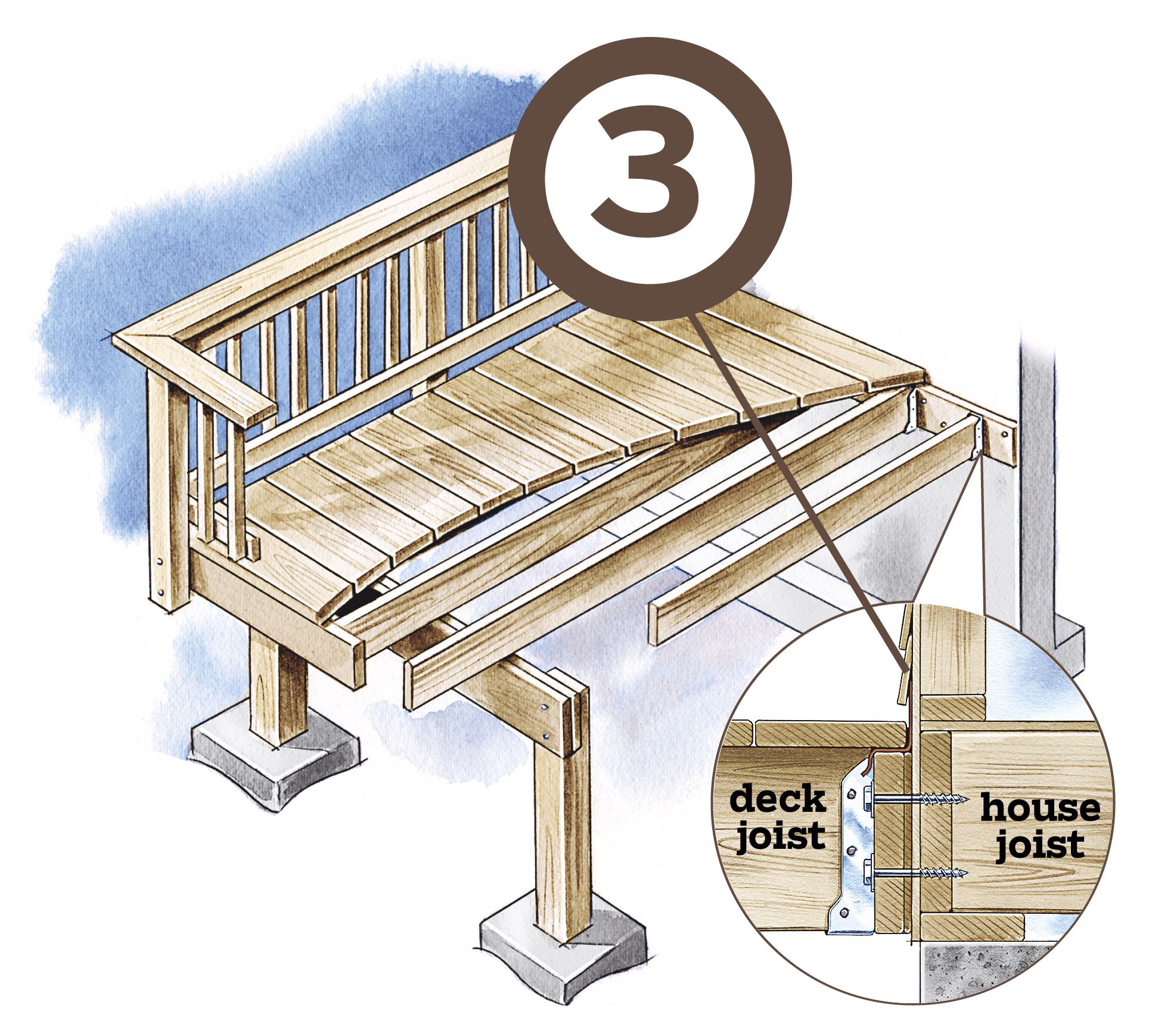
Flashing around the ledger board prevents moisture from building up and causing rot. Look to see if it has pulled away from the house, creating gaps where water could penetrate.
Next, check the caulk that seals overlapping pieces of flashing. If it’s cracked, brittle, or missing, reapply a high-quality exterior caulk to maintain a watertight seal. Pay special attention to the area where the flashing meets the house siding—this is a common entry point for water.
Check the space between the spacer and exterior wall for signs of mud, debris, or water stains. Any of those could be a sign of compromised flashing.
4. Checking the Railings and Balusters
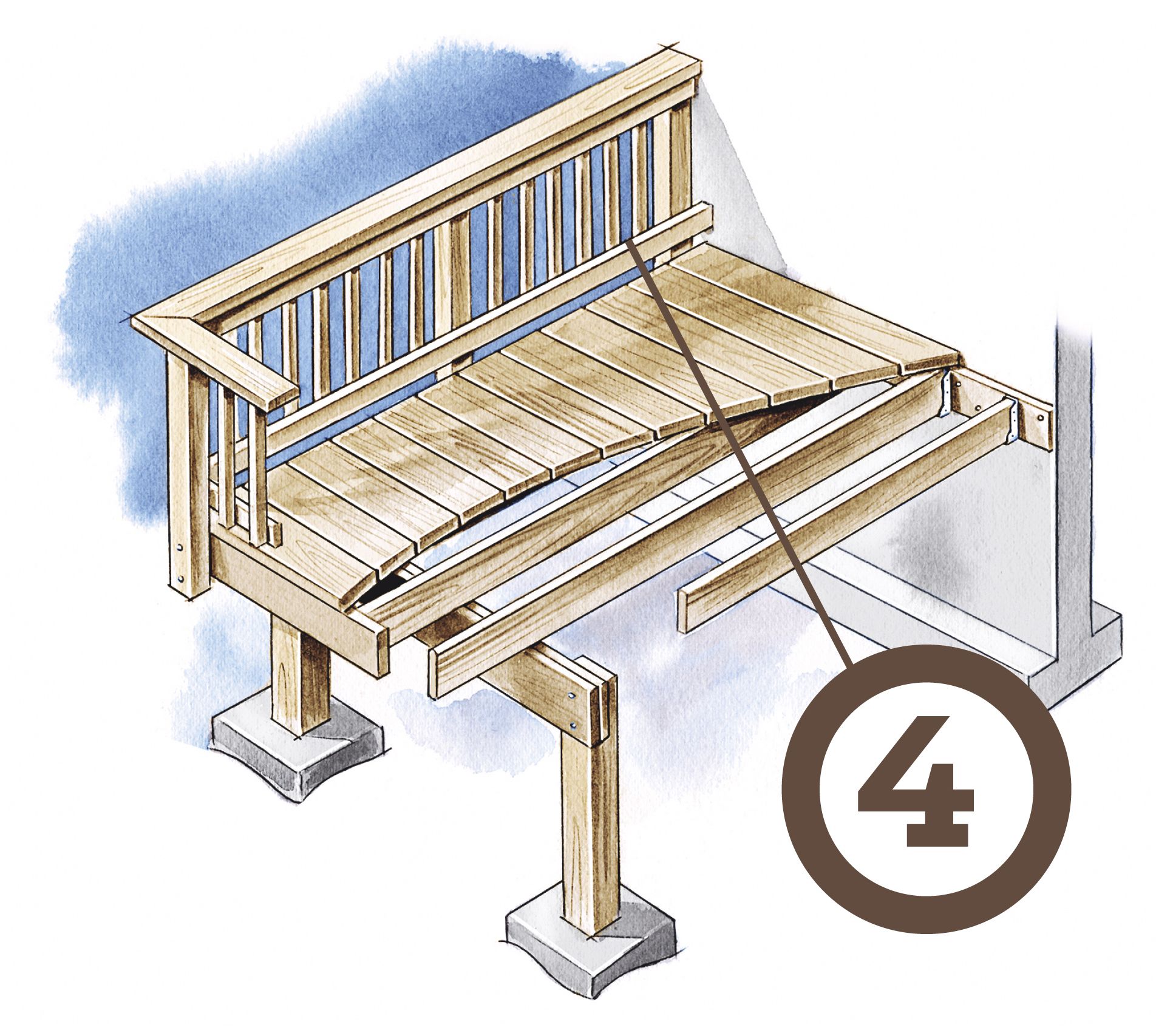
Test the stability of the railings and balusters by firmly grasping and wriggling them. They should feel solid and resist movement. If you notice any looseness, tighten the connections or replace damaged components as needed.
Your railings and balusters should also meet local code requirements for height and spacing. Generally, railings should be at least 3 feet high, and balusters should be spaced no wider than 4 inches apart. Toenail loose pieces back into place, adding glue for extra security, or replace them altogether.
5. Checking the Deck’s Support Posts

Support posts help bear the deck’s weight from the ground up. The posts should be at least 6 square inches or larger, and no taller than 14 feet.
Check the connections between the posts and the deck’s beams, and look for any signs of looseness or separation. Tighten the 1/2-inch through bolts as needed, and replace any that show signs of damage or corrosion.
Examine the base of each post for signs of rot, especially where they contact the ground or concrete footings. Rot, shifting, and settling can affect the deck’s overall stability. If you notice any issues with your support posts, consult a professional on next steps.
6. Finishing Up with the Surface Finish
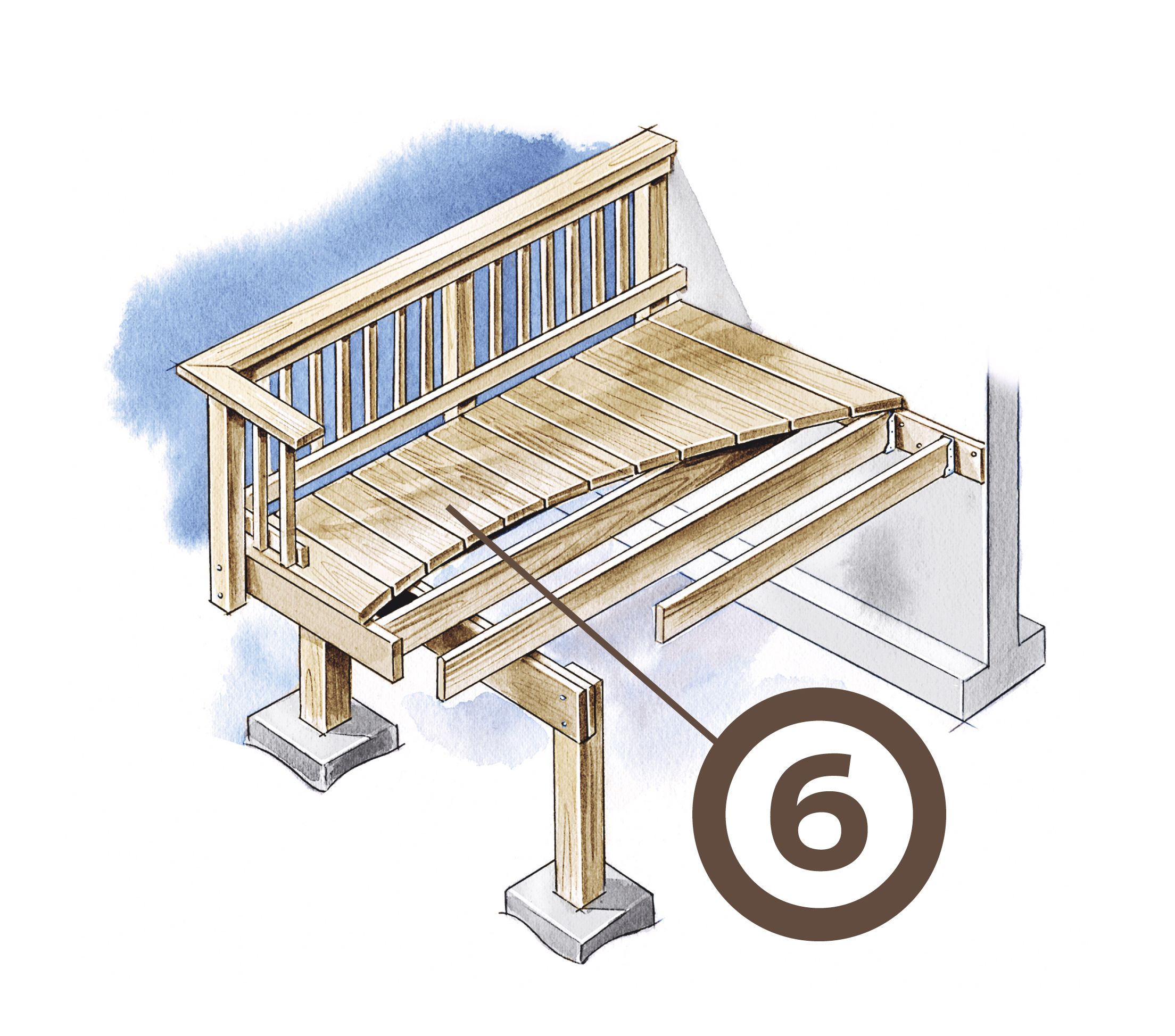
The right surface finish makes for a nice-looking deck, but more importantly, it protects the wood from moisture and UV damage. Inspect the surface for areas where water doesn’t bead up on contact. That means the finish in those spots has worn away.
Further check for dark spots or discoloration on the surface, which could be signs of mildew. If you find any, power-wash the deck with a solution of one part bleach, three to five parts water, and laundry soap. Only use oxygenated bleach on cedar decks. Let the solution dry, then apply a new layer of penetrating waterproof finish.
Deck Safety Resources
For more information on deck safety, see the North American Deck and Railing Association.
